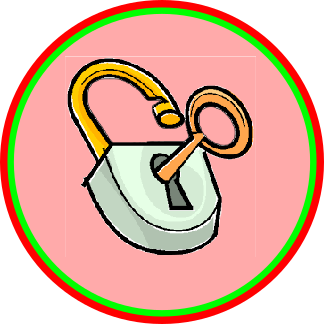Two out of three school going children in India are physically abused (punished) says the national report on child abuse by the Ministry of Women and Child Development in 2007. Why do we punish children by inflicting physical pain? Is any reason justification enough? Can’t we try getting kids to behave without punishment?
These questions keep hovering in my mind almost every day. Every time, I see a child being punished, I go back to thinking if there was an alternate recourse, a better recourse to getting kids to behave without punishment.
Why punishment is bad for children?
![Contributor(s): Queensland figaro [Public domain], via Wikimedia Commons](https://i1.wp.com/unclogblog.com/wp-content/uploads/2018/12/Punishment-Kids.jpg?fit=754%2C1000)
Every time, we punish the child by inflicting physical pain, are we not dulling their minds? Are teachers and parents not numbing the part of the brain that is their best asset in the years to come? Are we not forcing the child to shut the doors on what he is wired to do best – Think quick, think sharp. It is the mischievous children who often face punishment. The constantly mischievous children are also the smartest.
Yes, the child might be using his cognitive abilities for all the wrong reasons such as…
- Providing a unique excuse everytime for why he could not complete homework
- Putting forth a ready excuse for why she should be allowed to go home early
- Giving a ready answer for why he ended up tripping his classmate
…and the list goes on
Isn’t this merely a case of misaligned interests? Isn’t the child just using the best gift he/she is endowed with to support what they love doing best – Avoid Studying, Indulge in Pranks.
If the above holds true, then are we not merely wasting our energy by inflicting harsh punishment on him rather than kindle his interest in studies?
[yikes-mailchimp form=”3″ title=”1″ description=”1″]How else do you get the kids to behave?
This debate will naturally bring up the question at some point – “If corporal punishment is not an option, how else does one get the kids to listen?”
The following table has some pointers on getting kids to behave without punishment.
| Place of Misbehavior | Action that might work | Why this action works? |
| Class | Be on Top of your content | Students respect teachers who know their subject thoroughly. As students come to senior secondary classes, prove that you are literally the walking encyclopedia in your area and students will not dare play mischief in your class |
| Class | Engage the class with teaching aids – posters, experiments, short videos, models, etc | An idle mind is a devil’s workshop. Lecturing can be monotonous and the brain switches off. Engaging students with teaching aids keeps their senses occupied and hence less chance of misbehaviour |
| Corridor | Shout out their name aloud | ‘Name and shaming’ works well with secondary school kids. It may be counterproductive with lower class kids where they love the attention you give them. |
| Playground | Burn out their excess energy | Students usually end up turning hyperactive when they reach the play ground. One way to calm students who are impulsive and hyperactive is to physically drain them out. Ask them to run a couple of laps of fetch the sport items on the double. |
| Any place | Reason out | Kids especially those in their teenage years, like to be treated as adults. Reason out on what is expected and a better course of action without too much preaching. Tell them what would you have don if you were in their place. |


4 thoughts on “Getting Kids to Behave without Punishment”